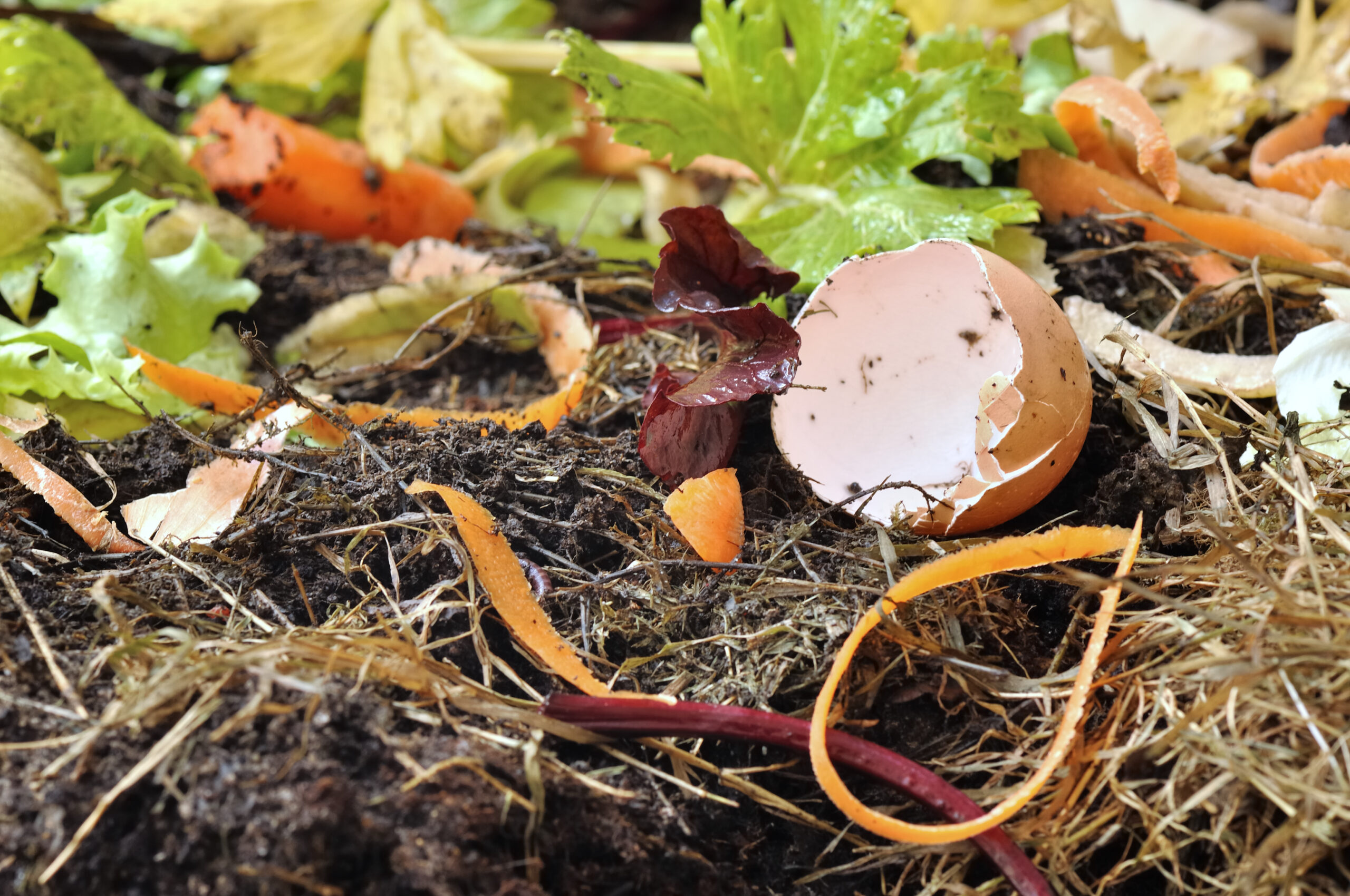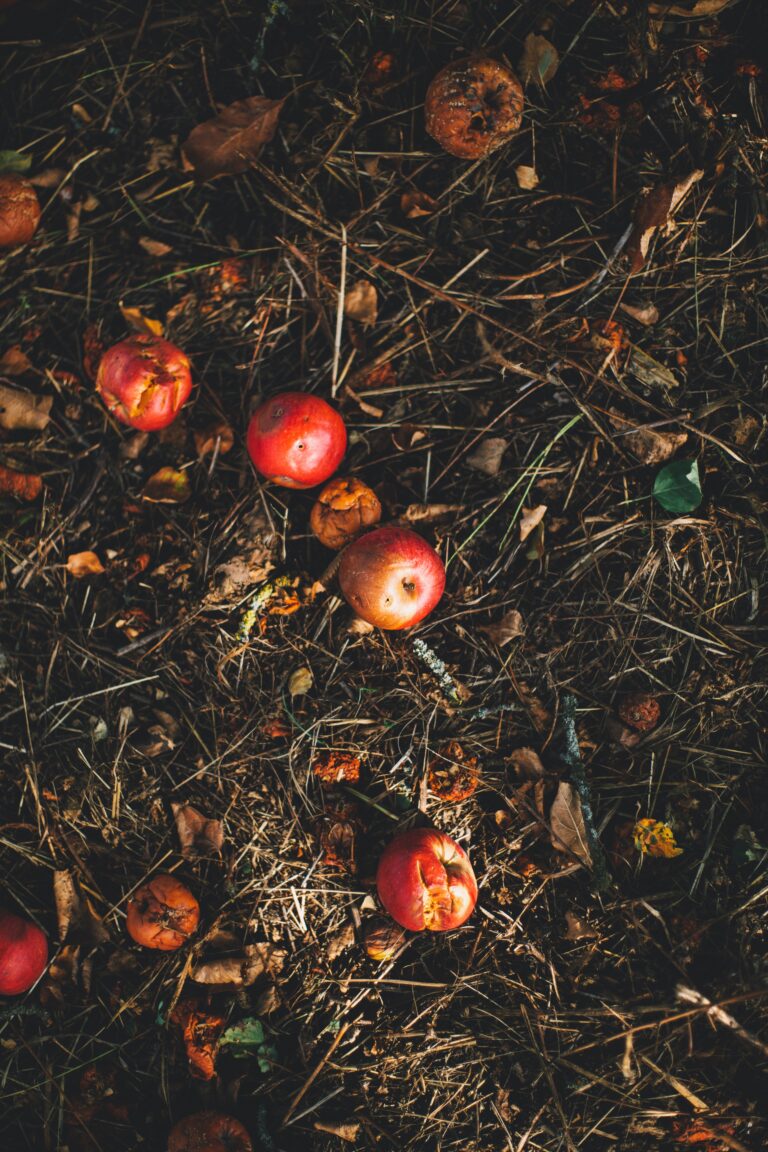Composting 101
Composting is the process of breaking down organic matter into nutrient-rich soil. It is an environmentally friendly way to dispose of food scraps, yard waste, and other organic materials. Composting not only reduces the amount of waste sent to landfills, but it also helps to improve soil quality and reduce greenhouse gas emissions.
Composting can be done in a variety of ways, from traditional backyard composting to large-scale industrial composting. Backyard composting involves layering organic materials such as food scraps, leaves, and grass clippings in a bin or pile, and allowing them to decompose over time. Industrial composting, on the other hand, uses specialized equipment to process large volumes of organic waste into compost that can be used for commercial agriculture and landscaping. Regardless of the method used, composting is a simple and effective way to reduce waste and improve soil health.
The Basics of Composting
What is Composting?
Composting is a natural process of decomposition that transforms organic waste into a nutrient-rich soil amendment. It involves breaking down organic materials such as food scraps, yard waste, and paper products into a dark, crumbly substance called compost.
Why Compost?
Composting has many benefits. It reduces the amount of waste that ends up in landfills, which helps to reduce greenhouse gas emissions. Composting also produces a valuable soil amendment that can improve soil health and fertility, increase water retention, and reduce the need for chemical fertilizers.
The Composting Process
Composting can be done in a variety of ways, but all methods involve three key elements: organic matter, moisture, and air. These elements work together to create an environment that encourages the growth of microorganisms that break down the organic matter.
To start a compost pile, gather a mix of brown materials, such as leaves and twigs, and green materials, such as food scraps and grass clippings. Layer these materials in a pile, making sure to add water to keep the compost moist. Turn the pile regularly to add air and mix the materials.
Over time, the organic matter will break down into compost. The length of time it takes to produce compost depends on factors such as the size of the pile, the types of materials used, and the environmental conditions. Once the compost is ready, it can be used to enrich soil in gardens and landscaping.
Getting Started with Composting
Choosing a Compost Bin
The first step in starting a compost pile is to choose a compost bin. There are many types of compost bins available, including plastic, metal, and wooden bins. Plastic bins are lightweight and easy to move around, while metal bins are durable and long-lasting. Wooden bins are a popular choice for their natural look and ability to blend in with the landscape.
Location for Composting
The next step is to choose a location for the compost pile. The ideal location is a level, well-drained area that receives partial sun and partial shade. The area should be easily accessible and away from any structures or trees. It is important to note that the compost pile should not be placed directly on grass, as it can damage the roots.
Compost Ingredients
Once the compost bin and location have been chosen, it’s time to start adding ingredients. The key to a successful compost pile is to have a good balance of “green” and “brown” materials. Green materials include things like fruit and vegetable scraps, grass clippings, and coffee grounds. Brown materials include things like leaves, straw, and shredded paper.
It is important to avoid adding meat, dairy, and oily foods to the compost pile, as they can attract pests and slow down the composting process. It is also important to keep the compost pile moist, but not too wet, and to turn it regularly to ensure proper aeration.
By following these simple steps, anyone can start composting and turn their kitchen and yard waste into nutrient-rich soil for their gardens.
Maintaining Your Compost
Turning the Compost
One of the most important things to do when maintaining your compost is to turn it regularly. This process helps to aerate the compost, which promotes the growth of beneficial microorganisms. Turning the compost also helps to distribute moisture and heat evenly throughout the pile.
To turn the compost, simply use a pitchfork or shovel to move the material from the outside of the pile to the center. Be sure to mix the materials thoroughly to ensure that everything is evenly distributed. You should aim to turn your compost at least once a week, but more frequent turning can speed up the composting process.
Moisture and Compost
Maintaining the right level of moisture is crucial to the success of your compost pile. If the pile is too dry, decomposition will slow down and the pile may not heat up enough to kill off pathogens and weed seeds. On the other hand, if the pile is too wet, it can become anaerobic, which can lead to a foul smell and slow down the composting process.
To ensure that your compost has the right moisture level, aim for a consistency similar to a wrung-out sponge. If the pile is too dry, add water a little at a time until it reaches the desired consistency. If the pile is too wet, add dry materials such as leaves, straw, or shredded newspaper to help absorb excess moisture.
Temperature and Compost
The temperature of your compost pile is another important factor to consider when maintaining your compost. The ideal temperature range for composting is between 120 and 160 degrees Fahrenheit. At these temperatures, beneficial microorganisms thrive and break down the organic material quickly.
To monitor the temperature of your compost pile, use a compost thermometer. Insert the thermometer into the center of the pile and take a reading. If the temperature is too low, turn the pile to aerate it and add more nitrogen-rich materials such as grass clippings or kitchen scraps. If the temperature is too high, turn the pile to cool it down and add more carbon-rich materials such as dried leaves or wood chips.
By following these simple tips, you can maintain a healthy and productive compost pile. Remember to turn your compost regularly, monitor the moisture level, and keep an eye on the temperature. With a little care and attention, you can turn your kitchen and yard waste into nutrient-rich compost for your garden.
Troubleshooting Compost Problems
Unpleasant Odors
One of the most common problems with composting is unpleasant odors. These can be caused by a number of factors, including too much moisture, too little oxygen, or the wrong balance of materials. To avoid unpleasant smells, make sure to turn your compost pile regularly to promote aeration and mix in dry materials like leaves or straw to absorb excess moisture.
If you’re still experiencing unpleasant odors, it may be a sign that your compost is too acidic. In this case, try adding some crushed eggshells or agricultural lime to help balance the pH levels. Avoid adding meat, dairy, or oily foods to your compost pile, as these can also contribute to unpleasant smells.
Slow Composting
If your compost pile isn’t breaking down as quickly as you’d like, there are a few things you can do to speed up the process. First, make sure your pile is getting enough oxygen by turning it regularly and adding dry materials to promote aeration. You can also try adding a compost accelerator or activator to help speed up the decomposition process.
Another common cause of slow composting is a lack of nitrogen-rich materials. Make sure you’re adding enough green materials like grass clippings or kitchen scraps to your pile. Finally, make sure your compost pile is getting enough moisture. If it’s too dry, add some water to help kickstart the decomposition process.
Pests
Composting can attract a variety of pests, including rodents, flies, and ants. To avoid attracting pests, make sure to bury any food scraps deep in your compost pile and avoid adding meat or dairy products. You can also try covering your compost pile with a layer of leaves or straw to help deter pests.
If you’re already experiencing a pest problem, there are a few things you can do to address it. For example, you can try adding a layer of wire mesh or hardware cloth to the bottom of your compost bin to prevent rodents from burrowing in. You can also try using a natural pest repellent like diatomaceous earth to deter ants and other insects.
Using Compost
When is Compost Ready?
Compost is ready to use when it is dark, crumbly, and has a sweet earthy smell. This usually takes about six months to a year, depending on the materials used and the conditions of the compost pile. The compost should be free of any recognizable bits of organic matter and should be broken down into small particles.
How to Use Compost
Compost can be used in a variety of ways to improve soil health and plant growth. Here are some ways to use compost:
- As a soil amendment: Mix compost into the soil to improve its texture and fertility. This will help plants grow stronger and healthier.
- As a mulch: Spread a layer of compost around plants to help retain moisture, suppress weeds, and regulate soil temperature.
- As a top dressing: Spread a thin layer of compost over the soil surface to provide a slow-release source of nutrients for plants.
- As a potting mix: Mix compost with potting soil to create a nutrient-rich growing medium for container plants.
It’s important to note that compost should not be used as a complete replacement for soil or potting mix. It should be used as a supplement to improve soil health and plant growth.
Overall, composting is a great way to reduce waste and improve soil health. By following these simple tips, anyone can use compost to create a more sustainable and productive garden.
Composting and the Environment
Benefits to the Soil
Composting is a natural process that breaks down organic matter into a nutrient-rich soil amendment. When compost is added to soil, it improves the soil structure, increases water retention, and provides essential nutrients for plants to grow. Composting also helps to increase the population of beneficial microorganisms in the soil, which can help to suppress harmful pathogens and plant diseases.
Reducing Waste
Composting is an effective way to reduce the amount of waste that goes into landfills. By composting organic waste, such as food scraps and yard waste, individuals can divert a significant amount of waste from landfills. This not only reduces the amount of methane gas produced by landfills, but it also reduces the need for new landfills to be built.
Carbon Footprint
Composting can also help to reduce an individual’s carbon footprint. When organic waste is sent to landfills, it decomposes anaerobically, producing methane gas, which is a potent greenhouse gas. By composting organic waste, individuals can reduce the amount of methane gas produced and help to mitigate climate change. Additionally, composting can help to sequester carbon in the soil, further reducing greenhouse gas emissions.



